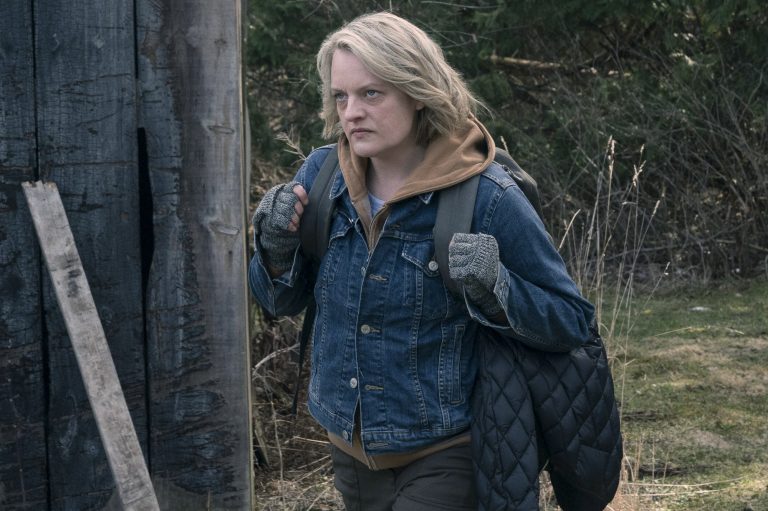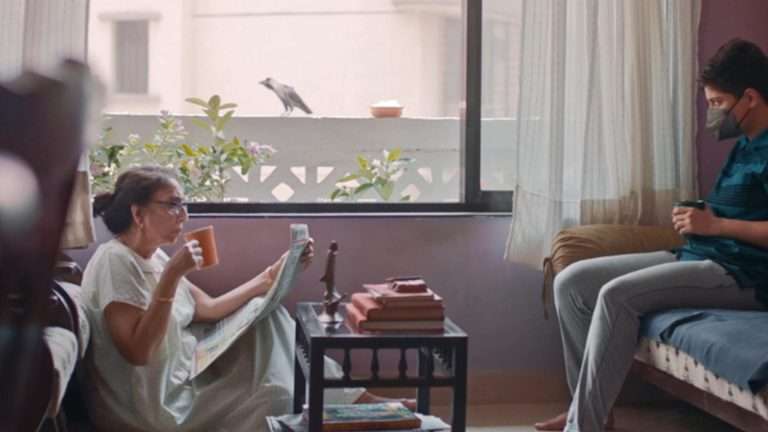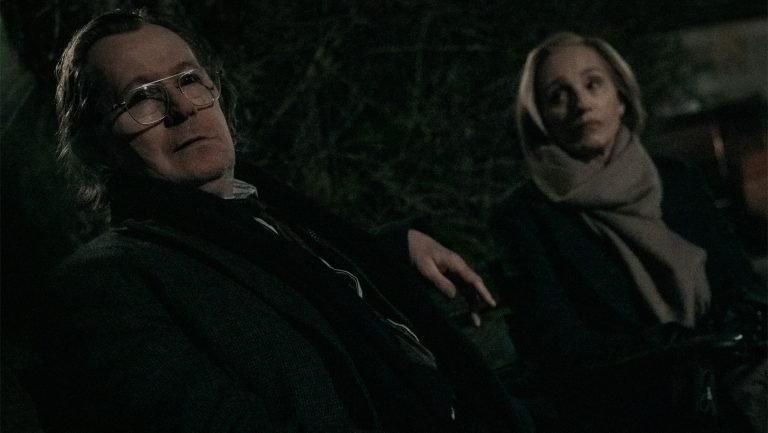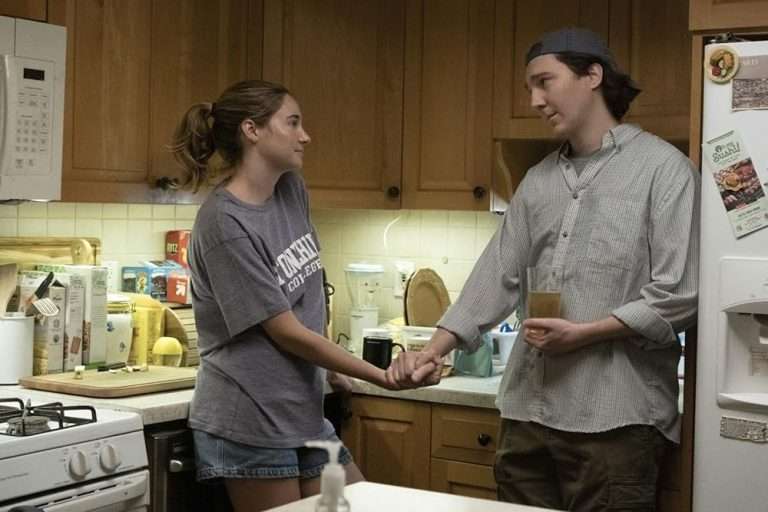More than 45 years ago, Martin Scorsese’s Mean Streets, his most overlooked masterpiece, came out. It stars Harvey Keitel and Robert De Niro in their second and first collaboration with the director respectively. The movie follows Charlie Cappa (Keitel), a small-time gangster who aspires to work his way up the ranks of the local mob in the streets of Little Italy, New York. The film, adapted from Scorsese’s screenplay “Season of the Witch”, is named after a passage in Raymond Chandler’s essay “The Simple Art of Murder”, in which Chandler writes:
“Down these mean streets, a man must go who is not himself mean, who is neither tarnished nor afraid. The detective in this kind of story must be such a man. He is the hero, he is everything. He must be a complete man and a common man and yet an unusual man. He must be, use a rather weathered phrase, a man of honor, by instinct, by inevitability, without thought of it, and certainly without saying it. He must be the best man in his world and a good enough man for any world.”
The film isn’t plot directed, being most forcibly a character study of Charlie instead. Scorsese himself has said that Mean Streets is “a story of a modern saint, a saint in his own society, but his society happens to be gangsters.” Applying the director’s view to the film’s title, it’s clear that “the hero” described in Chandler’s essay is now Charlie, who’s torn between living an honorable life and being a successful gangster. In the middle of his moral struggle is his Catholicism. Therefore, my analysis will consist of two sequences in which Charlie’s religious belief plays an important role in the movie’s connotative meaning.
Similar to Martin Scorsese’s Mean Streets – MARTIN SCORSESE PICKS 10 GREATEST FILMS OF ALL TIME
The film starts with a black screen as Scorsese himself delivers the famous opening lines, which appears to be Charlie’s thoughts, who suddenly wakes up from a troubled sleep. The realistic nightmare and his sudden reaction to it allude to the conflicted conscience of Keitel’s character as he mentions sin and penance in the voice-over: “You don’t make up for your sins in church. You do it in the streets. You do it at home.” The use of Scorsese’s voice to portray Charlie’s conscience is to make a distinction between his thoughts and his actions, a technique that can also be seen in Federico Fellini’s I Vitelloni (1953).
After checking in the mirror and realizing everything was just a nightmare, Charlie goes back to the bed to the sound of diegetic sirens coming through his window. Through the mise-en-scène, he’s clearly distinguishable as a Catholic; there is a crucifix on the wall above his bed and he wears a cross around his neck, he’s also wearing a white vest, which represents his purity. The threefold editing method used when his head lays on the pillow is borrowed from a scene in François Truffaut’s Shoot the Pianist (1960), when the girl with the violin case is pressing the door button and there’s three cuts, each one coming in closer.
The allusion to the number three can easily be considered a reference to the Christian Doctrine of the Trinity. As Charlie falls asleep again, the opening song on the soundtrack of Martin Scorsese’s Mean Streets, ‘Be My Baby’ by the Ronettes begins to play, and the aspect ratio is changed from the “Academy Flat” ratio (1.85:1) of 35mm to the “home movies” aspect ratio (1.37:1) of 8mm. In the song’s lyrics, there is another reference to the number three – “three kisses” – followed by the visual equivalent of the three locations mentioned in Charlie’s opening statement: church, represented by the priest whose hand Charlie is shaking; street, embodied in Charlie’s friends and associates; and home, exemplified by the cinema projector itself, which presents an element of self-reflexivity.
Related to Martin Scorsese’s Mean Streets – LOOKBACK ON SCORSESE: MEAN STREETS [1973]
The projection of what’s supposedly Charlie’s home movies capture his particular Italian-American lifestyle, intertwining religious events (the San Genaro festival and the baptism of a child) and his life “on the streets”. At the end of the 8mm sequence, the non-diegetic pop lyrics of ‘Be My Baby’ give place to the diegetic traditional band music of the San Genaro festival that takes place in September, giving the movie a specific timeline. As the focus shifts from the festivities, four characters are introduced in four different segments: Tony DeVienazo (David Proval), Michael Longo (Richard Romanus), Johnny Boy (De Niro) and Charlie Cappa (Keitel) respectively. Each man is presented doing his own usual activity, and so, Charlie is shown entering a Catholic church. The sirens from the policemen in Johnny Boy’s segment can still be heard in the first moments Charlie is walking into the church. That is done to show how different Johnny’s path is from Charlie’s; Johnny is blowing up US mailboxes for no apparent reason whilst the latter is saying his prayers.
In contrast to the majority of the film that was shot using a handheld camera to give a sense of instability and gritty movement, the scenes in the church were achieved through long dolly shots and still cameras to show beauty and stability, and also to slow down the movie’s tempo, intensifying Charlie’s moment of reflection, which is also achieved through the lack of non-diegetic music. At first, the camera dollies behind Charlie, accompanying him in his religious journey and making the audience also feel like a visitor to the church. The presence of a possible divine interlocutor is suggested with a higher angle before Charlie dominates the frame. There are shots of the altar with a crucifix, flanked by statues of the Virgin Mary and St John, with St Mary Magdalene at the foot of the cross.
At this point, the Catholic Church and the Sacrament of Penance become the center of the narrative, as Charlie, through the voice of Scorsese, has a clear, one-way dialogue with God. The character’s internal conflicts and chaos are really brought up in this scene. Struggling with his inner demons, his committed Catholicism and life as a rising criminal, Charlie goes to the altar rails, where he kneels down and says, “Lord, I’m not worthy to eat your flesh. I’m not worthy to drink your blood.” The voice comes from Charlie’s conscience, Scorsese in voice-over again.
Related to Martin Scorsese’s Mean Streets – 10 FACTS YOU ‘PROBABLY’ DIDN’T KNOW ABOUT GOODFELLAS
However, Keitel himself, representing the character’s actions, repeats the last words, “Not worthy to drink your blood”, as Charlie didn’t take Communion. An aerial long shot of the church then highlights Charlie as a small figure within the splendor that is expressed by the high pillars and the side altars; a metaphor to both his petty job next to the mafia’s higher ranks and to his minor existence compared to the spiritual afterlife. Continuing with his prayers, Charlie walks towards a statue of the Virgin Mary holding a crucified Jesus. There’s a close-up of a rose placed in the hand of the Christ figure before the camera zooms out from the flower and the scene is illuminated by the red and white votive candles. The visible use of red candles is symbolic of the burning Hell Charlie experiences, which is due to his intense dilemma with his religion and his profession. It’s at that instant that Charlie expresses to God, through the voice of his conscience, his feelings about the Sacrament of Confession:
“OK, OK, I’ve just come out of confession, right? Right. And the priest gives me the usual penance, right, ten Hail Marys, ten Our Fathers, ten whatever. You know that next week I’m going to come back and he’s going to just give me another ten Hail Marys and another ten Our Fathers. And you know how I feel about that shit. Those things, they don’t mean anything to me, they’re just words. Now that might be okay for the others, but it just doesn’t work for me. I mean, I do something wrong, I just wanna pay for it my way. So, I do my own penance for my own sins. What do you say, huh?”
That shows that, in spite of not believing in the Catholic Sacrament of Penance, Charlie is still clearly concerned by thoughts of the pain of Hell. Whilst still in the church, he reaches out and touches a votive candle flame with his bare finger, which he does to remind himself of the physical pain that his vision of Hell will bring if it’s indeed real: “The burn from a lighted match increased a million times. Infinite. Now you don’t fuck with around with the infinite. There’s no way you do that.” In medieval times, putting your hand into the fire was a custom of Germanic tribes used to determine the innocence or guilt of a defendant. If someone had broken a rule or committed an offense, then this person was forced to put their hand into the fire or to hold a hot iron bar. If their hand was unharmed by the end of the trial, without any burns, then they were regarded as innocent.
However, any traces of burning would be regarded as proof of guilt. Charlie holds his hand over open flames a couple of times throughout the film – one of his many similarities with another protagonist from Scorsese’s later film Taxi Driver (1976), Travis Bickle – which is his own way of testing his faith and guilt and seeking penitence for his sins on the streets. Shots of fire are often shown in Martin Scorsese’s Mean Streets and it can have a double meaning. One on hand, fire stands for the temptations that can end with the punishment of suffering in Hell; on the other, madness. Fire, along with water, is a component often linked to madness (Andrei Tarkovsky’s Nostalghia (1983) is another example in which water is associated with madness). In that sense, the final scene, in which Charlie’s car crashes into a water hydrant, also has a double meaning.
Throughout the entire movie, Charlie is presented as a character of an intense internal struggle. Torn between his life of crime and his own religious convictions, he patterns himself after St Francis of Assisi – meditating on the fires of Hell and the need for penance, whilst trying impossibly to apply the principle of good works in his life. The recipient of his good deeds is Johnny Boy and his cousin Teresa (Amy Robinson), with whom Charlie has a secret relationship. Charlie’s uncle (Cesare Danova), a respected mafia boss, doesn’t want his nephew to keep company with either of them – Johnny Boy because he is unstable, and Teresa because she’s an epileptic.
The impossibilities of these characters’ fates are mingled together until they take on the doomed path that leads them to a tragic inevitability. Charlie’s consciousness of sin and his desire to do his own penance for his sin only stimulates his obsession with “saving” Johnny Boy. When everyone in his life, including Teresa, tries to persuade him to stay away from Johnny Boy, Charlie sticks with his friend as he feels a moral obligation to help him, saying, “Who’s gonna help him if I don’t? That’s what’s the matter. Nobody tries no more, tries to help us all, help people… Francis of Assisi had it all down.” The nonsense of his religious belief in such an environment is visible to his associates – as Teresa even tells him that “St. Francis didn’t run numbers.” His decision to help Johnny Boy and Teresa ultimately gets back to him; after De Niro’s character irritates Michael, to whom he owns a large sum of money, the shark loan and his henchman (played by Scorsese himself) follow the three friends in a car after they try to leave the neighborhood for safety.
Set in the night time, the entire sequence was shot in low-key lighting as faced paced electric rock music is playing as a way to build up the audience’s excitement. As Michael is still following their car, a scene achieved through a tracking shot, the marksman kisses his gun and pulls the trigger, shooting both Charlie and Johnny Boy, resulting in their car crashing into a water hydrant with the symbolism of both a baptism and the characters succumbing to madness, as explained before that water is a key element associated with madness. Charlie is injured in the hand, therefore, he will have a wound like St Francis’ stigmata. Johnny, on the other hand, is shot in the neck. Nevertheless, both characters end up with the kind of wounds that the souls present in Dante Alighieri’s Purgatorio as they turn to God. Once out of the crashed car, Charlie then falls to his knees as if in prayer, presenting himself to God, which emphasizes that only his Catholic faith can save him from his sins, confirming Scorsese’s vision of the character as a modern saint among gangsters.


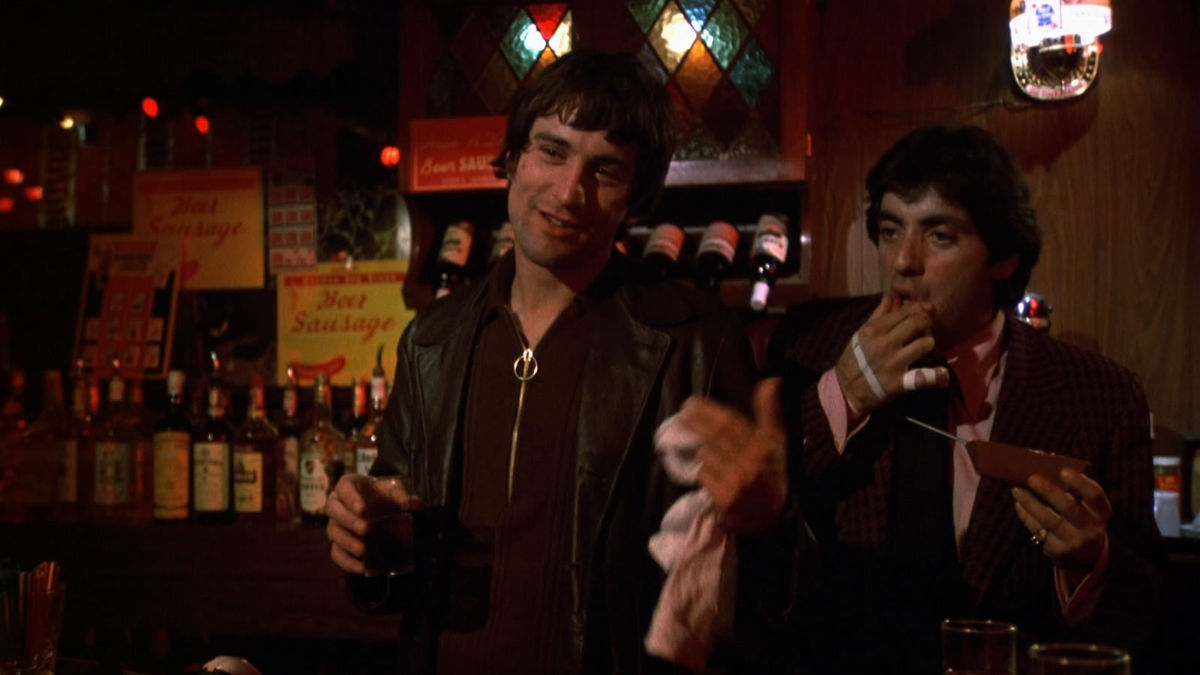
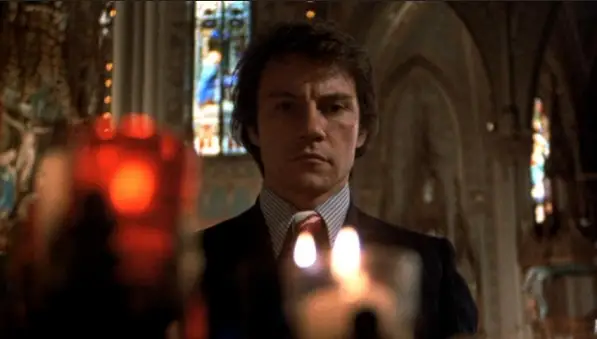
![Profile [2021] Review: An Interesting, Though Clichéd, Hypermediated Experiment](https://79468c92.delivery.rocketcdn.me/wp-content/uploads/2021/08/Profile-Movie-2-768x432.jpg)
